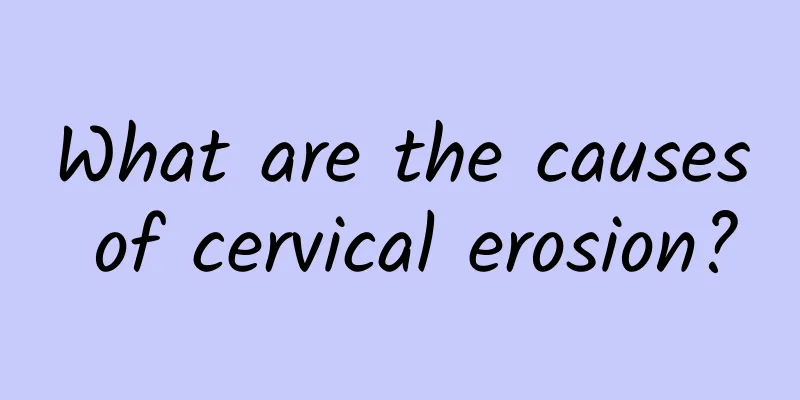What is the degeneration of uterine fibroids?

|
What is the degeneration of uterine fibroids? Because uterine fibroids grow quickly, when the blood supply is poor, different degenerations can occur. The larger the fibroids are and the more severe the ischemia is, the more secondary degenerations will occur. So, what are the degenerations of uterine fibroids? The following experts will give you a detailed introduction to what is the degeneration of uterine fibroids? 1. Calcification: It often occurs after hyaline degeneration and necrosis. Due to the blood circulation disorder of the tumor, calcium salts are absorbed and deposited by its tissue components and other degenerated substances, forming malnutrition calcification. 2. Red degeneration: It mainly occurs in larger, single intramural myomas, often during pregnancy or the puerperium. When red degeneration occurs, the patient will experience systemic discomfort such as high fever, severe abdominal pain, vomiting, and peritoneal irritation. 3. Infection: It is more common in patients whose submucosal fibroids protrude into the vagina, resulting in obstructed blood supply, necrosis and secondary infection. A small number of patients also have infected lesions in the pelvic cavity, involving uterine fibroids. 4. Atrophy: After natural or artificial menopause, due to low estrogen levels in the body and reduced blood supply to the uterus, the muscle fibers in the fibroids are gradually replaced by collagen tissue, causing the fibroids to shrink and harden. 5. Necrosis: It is caused by the torsion of the tumor pedicle or severe infection. The central part of the tumor is far away from the blood supply and is most susceptible to necrosis. The tissue is grayish yellow, soft and brittle, and small cavities may also form. 6. Hyalinization: Due to the rapid growth of fibroids, there is a relative lack of blood supply. Some tissues become edematous and soft, and the vortex-like structure disappears, replaced by a uniform glassy transparent substance, which is called hyaline degeneration. Fibroids with a diameter greater than 4 cm have varying degrees of hyaline degeneration. The larger the fibroid, the more extensive the degeneration. What is the degeneration of uterine fibroids? The above experts have introduced it to you in detail. I hope the above content can be helpful to you. Warm reminder: The above is some introduction to what is the degeneration of uterine fibroids. If you have other questions about what is the degeneration of uterine fibroids, you can click on our online experts to help you answer. Uterine fibroids http://www..com.cn/fuke/zgjl/ |
<<: What are the treatments for adnexitis?
>>: What are the treatments for chronic adnexitis?
Recommend
Stimulate 6 acupoints to slim down your arms! Female Chinese medicine practitioner shares her secrets
Are you afraid to wear short sleeves because of y...
Does amenorrhea after chemotherapy require treatment?
Does amenorrhea after chemotherapy require treatm...
What are the symptoms of uterine fibroids? How to choose surgery for uterine fibroids
Because people have different physiques, even if ...
Several symptoms of ectopic pregnancy that may appear in the early stages
There is a phenomenon of ectopic pregnancy, which...
What are the main causes of cervical hypertrophy?
What are the causes of cervical hypertrophy? Cerv...
Postoperative care for Bartholinitis
Bartholinitis is mainly caused by bacterial infec...
Women tend to gain weight during menopause, identify these risk factors! Drink more soy milk to lose weight quickly? Nutritionist crack
After women have passed their golden years, they ...
The harmful effects of ovarian cysts on women
Ovarian cysts are mainly lumps that form inside o...
How to diagnose adnexitis
How can adnexitis be diagnosed? The diagnosis of ...
Taking Chinese medicine for 4 months, uterine fibroids shrank by half
Two months ago, 42-year-old Ms. Yu was diagnosed ...
What should I do if I have uterine fibroids? Eating more of these 5 foods can induce tumors
Uterine fibroids are one of the most common benig...
My dysmenorrhea is very severe. What method can I use to cure it quickly?
My dysmenorrhea is very severe. What method can I...
What are the dietary precautions for pelvic inflammatory disease
The dietary precautions for pelvic inflammatory d...
What can I drink to inhibit the recurrence of uterine fibroids? What can I drink to treat uterine fibroids?
What can I drink to inhibit the recurrence of ute...
Can endometriosis be detected by B-ultrasound?
Endometriosis is a gynecological disease with a h...









